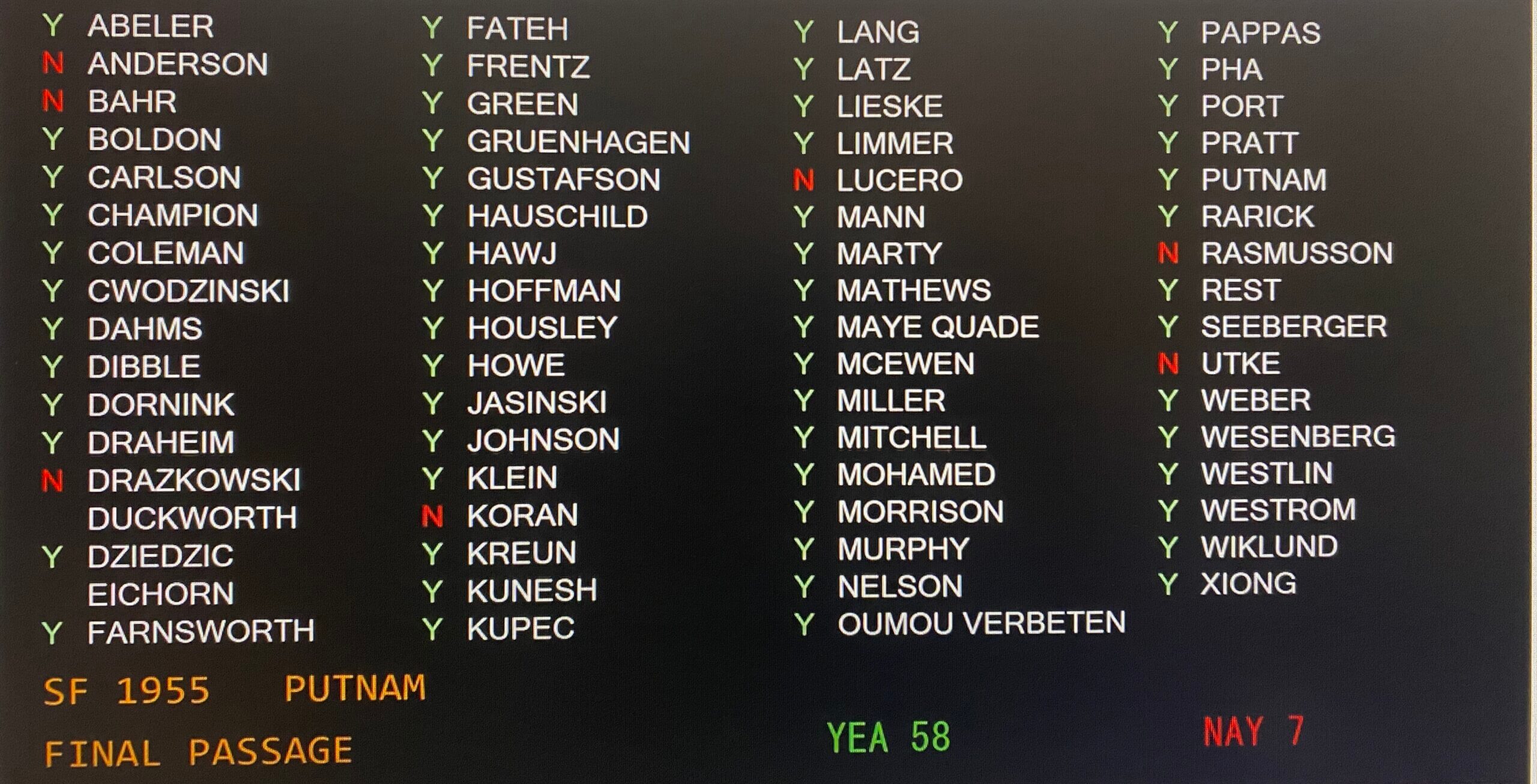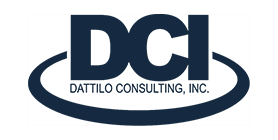
02 Jun MN legislature took a short pause on government-dominated health care
By Greg Dattilo, CEBS & Grant Dattilo
The 2023 Minnesota Legislature attempted to take major steps toward creating a government-dominated health care system. However, because of public pressure from a variety of groups and individuals – consultants, providers, employers, patient advocates, etc. – the legislature delayed its most extreme options.
Instead of creating a new government-run health plan, which continues to be the majority party’s ultimate goal, the new 2023 law they passed ordered the Commissioner of Health and Human Services to create and manage a study that would consider several options. The new law is written so that the only option to be considered will be some form of government-run health plan.
The Commissioner’s study report is due out February 1, 2024, but the earliest any recommended changes can take effect is January 1, 2027, according to the new law.
Whatever the Commissioner recommends next year regarding a public option government-run health plan will be closely monitored by all the stakeholders. There will be tremendous public input and pressure.
Once the legislature agrees on a plan, then it is subject to a federal government waiver. Waivers are subject to national politics, and all of this is quite unsettling.
At Dattilo Consulting, Inc., we have made it one of our priorities to stay on top of state and federal legislative initiatives that would affect your employees and you. We will not only keep you apprised of this latest attempt to create government-run health care, but we will also be actively engaged in the public debate.
Meanwhile, health care for a family of four trends higher
According to industry analysts, the “…annual health care costs for an average family of four with an employer-sponsored preferred provider plan rose 5.6% to $31,065 this year…”[i] This cost estimate includes the total average out-of-pocket costs added to premium.
For the average individual, the annual cost of health care, including out-of-pocket and premium, totals $7,221, according to this report.
The spending trend is greater than the most recent years which AHIP explains is …” due to inflation, labor shortages and supply chain problems in the health care sector…”.[ii] We believe other factors include increases in the price for medical services, devices, pharmaceuticals, the increased regulatory cost, and the simple fact that more people used more services.
During 2020-2022, we saw use of medical services decline during COVID-19 as many individuals preferred to avoid seeing physicians, except for serious or severe cases. Many of those individuals are back at the doctor, and some of those medical conditions have worsened.
Well, what do we do about this price trend increase?
At Dattilo Consulting, Inc. we continue to modify current strategies that work, and evaluate new strategies. We will discuss these with you as we move forward, but always feel free to contact us with your questions.
[i] AHIP Solutions SmartBrief. AHIP. Email of May 31, 2023.
[ii] Ibid.

